-
About
- About Listly
- Community & Support
- Howto
- Chrome Extension
- Bookmarklet
- WordPress Plugin
- Listly Premium
- Privacy
- Terms
- DMCA Copyright
- © 2010-2024 Boomy Labs
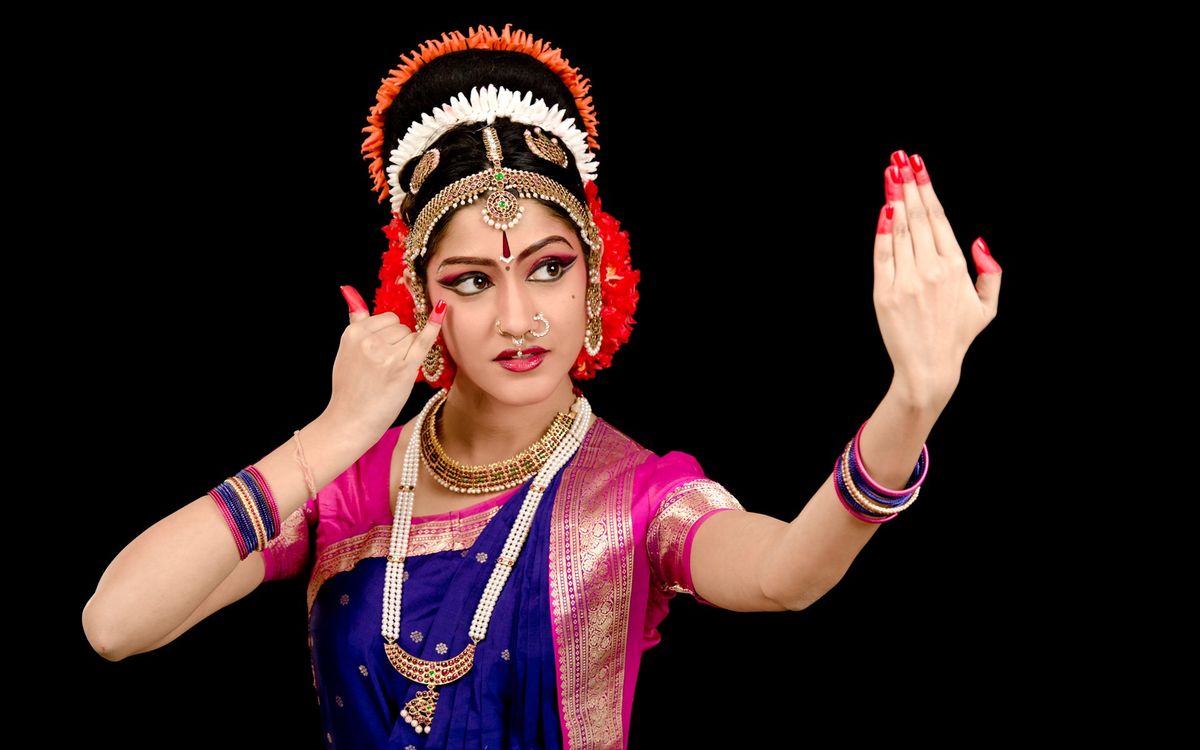

 Soubin Nath
Soubin Nath
Listly by Soubin Nath
Tamil Nadu is the state of multi-cultures and arts. Here is the list of fine arts in Tn that can touch the mind of art-lovers.
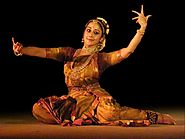
Kuchelepuri or Kuchelapuram was the earlier name of the village in the Krishna district of Andhra Pradesh. This village is 35 km. from Vijayawada. This form of Generic Dance drama was known as Yakshagana. It was Sihdhendra Yogi, a vaishnavite poet who gave shape to his visions in the 17th century, to establish this Kuchipudi style of Yakshagaana. He took the lead from the creation of Yaksha Gana from his guru Theerthanarayana, who had created the Sanskrit Kavyam , Krishna Leela Tarangini.
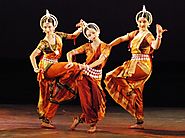
This is one of the oldest form of dance in India performed in the Temples and in the Courts of Kings. Relating to its religious origin, it is almost similar to the dance format compiled by Sage Bharatha Muni in his famous Natya Sasthra. Bharatha Natyam was handed down as a living tradition from one generation to another as Devadasi System. Later, the Four brothers from Thanjavur of the early 19th century Chinnaiah, Ponniah, Sivanandam and Vadivel popularly called as the Thanjavur Quartet or Nattuvanars of Pandanallur, composed numerous varnams and kritis and contributed to the Development of Bharatanatyam and Carnatic Music.
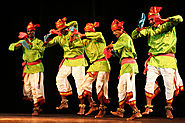
Literature called as Iyal, Music called as Isai and Dance or Drama called as Nadagam are the three broad classifications of Art and Entertainment. The ancient Theru Koothu [Street Play] performed in almost all the villages, had all the three in its performance.
These dances are not choreographed but performed at social functions by people with or without training, generally vernacular, very often accompanied by traditional and locally or regionally practiced instrument[s] based music, with some distinguishing features.
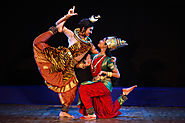
The Natyanjali Dance Festival is held every year during the months of Feb-March and it is a five-day festival. This dance festival is one is a dedication to the universal dancer Lord Shiva who is known as Lord Nataraja. This festival is held in the city of Chidambaram in Tamil Nadu. The festival begins on the Maha Shivaratri, a day that is dedicated to the Lord Shiva and is held in the prakara of the Chidambaram temple.
This magnificent temple built thousands of years ago as a dedication to the Lord Nataraja forms a beautiful backdrop. The setting is truly divine with the gold-roofed temple and pillars adding splendour. They depict Lord Shiva in the 108 poses or mudras of Bharatnatyam, the classical dance of Tamil Nadu.
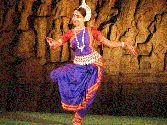
The Mamallapuram Dance Festival is held every year during Dec-Jan in Mamallapuram, Tamil Nadu. This dance festival is organised by Department of Tourism, Govt. of Tamilnadu. Mamallapuram was once the ancient port of the Pallavas. Mamallapuram is the renowned and ancient 7th century centre for Pallava culture and art. Exponents of Bharatanatyam, Kuchipudi, Kathak, Odissi, Mohini Attam and Kathakali perform against this magnificent backdrop of the Pallava rock sculptures.
Mamallapuram was once the ancient port of the Pallavas. It now plays host to a vibrant festival of dance. Exponents of Bharata Natyam, Kuchipudi, Kathak and Kathakali perform against the magnificent backdrop of the Pallava rock sculptures.
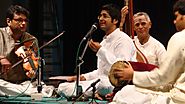
Indian classical music is categorized under two genres. They are Hindustani and Carnatic. Broadly Hindustani developed in the northern regions of the country, while Carnatic music is indigenous to the south of India. It is considered one of the oldest systems of music in the world. It is imbued with emotion and gives scope for the spirit of improvisation However it also contains a scientific approach. This is mainly due to the contributions of inspired artists as Purandara Dasa, who is known as the Father of Carnatic Music, and other scholars who codified the system of music and gave it a clear format as a medium of teaching, performing, prayer and therapy. The basis of Carnatic music is the system of ragas, which are melodic scales and talas or rhythmic cycles. There are seven rhythmic cycles and 72 fundamental ragas. All other ragas are considered to have stemmed from these. An elaborate scheme exists for identifying these scales, and they are known as the 72 Melakarta Ragas.

Born and brought up in Kerala, India. Now in Mumbai, India doing first year of my Masters in Film Studies (M.A)..